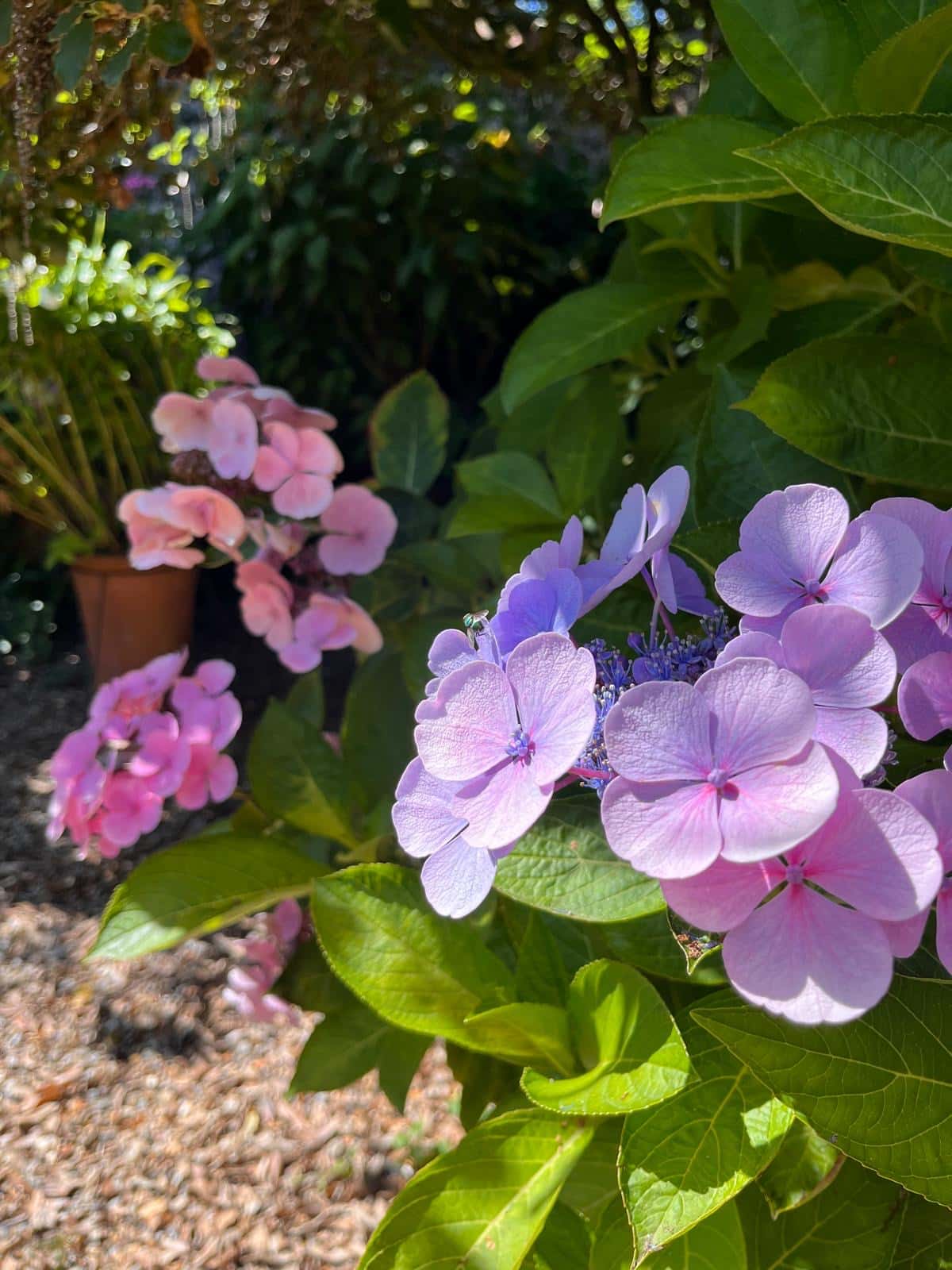
How can you help Wildlife & the ecosytem this spring?
When Spring arrives, our home gardens begin to come alive again as the bleak months of winter end, temperatures rise and the hours of daylight

It’s a worrying fact that, primarily due to climate change, decades of unsustainable land use, and the widespread use of chemical insecticides, that vast areas of Britain’s natural habitats are being lost.
Consequently, the plant and animal species that rely on the habitats for their survival are in dramatic decline. In fact, since records began, Britain has lost over 50% of its biodiversity which alarmingly, is more than any other G7 country and which puts Britain in the bottom 10% of countries worldwide.
This huge loss might not be so obvious to the younger generations, but it will certainly be very clear to those of us who remember back just a few decades ago, when our seasonal weather was a lot more stable, and the countryside and home gardens were buzzing with wildlife. Wildlife that included the insects, a group that has been declining at a much faster rate than any other group of animals.
Ironically, though, the insect and other invertebrate species, are probably the most important group of animals within the natural world and their decline will have a direct and rapid impact on the overall health of an ecosystem. In addition, it’s the invertebrates that will pollinate our wild and cultivated plants and sustain the natural processes of composting and recycling dead organic plant and animal wastes.
Being at the lower level of natural food chains they’re also the essential food for the many creatures that predate on them. Although it’s now accepted that Britain’s biodiversity is in serious decline, it’s also been realised that urgent action is required if we are to try and redress the situation. And so, throughout the British Isles, a great deal of work is already underway to try and protect and conserve the country’s native species.
Such as within Britain’s 411 official nature reserves where natural habitats are protected, and also where farmlands are being successfully ‘rewilded’ by letting plants, trees and wildlife re-establish naturally to reform healthy biodiverse ecosystems.
But despite this encouraging news, there is still one important aspect must be addressed. And that’s to bridge the gaps between these protected natural habitats, linking them together so that the species within them can easily disperse and interbreed. Avoiding the creation of geographically isolated populations that over time risk becoming inbred, unhealthy and diseased.
And so, within Britain’s nature recovery plans, projects are being supported that connect the habitats by creating a network of tree and wildflower corridors along which wildlife from the protected zones can safely migrate to new locations.
But this is also where any one of Britain’s 23 million home gardens could help too. By becoming the ‘stepping-stones’ that wildlife can safely use on their journeys between protected habitats. Simply by allowing our home gardens to become safe places that provides easy access to food, shelter, water and of course, a chemical-free environment for the wildlife.
A realisation too that the creatures that eat our plants (the pests), will be playing a vital role in restoring biodiversity, since they will be the food of other species. The insectivorous creatures that, if they can survive and build up their numbers, will ultimately create a natural balance where the plant pests will be maintained at plant-safe levels as nature intended.

When Spring arrives, our home gardens begin to come alive again as the bleak months of winter end, temperatures rise and the hours of daylight

Our new Champions will be flying the flag for PlantGrow this year and all things natural. We have selected a varied group of individuals from
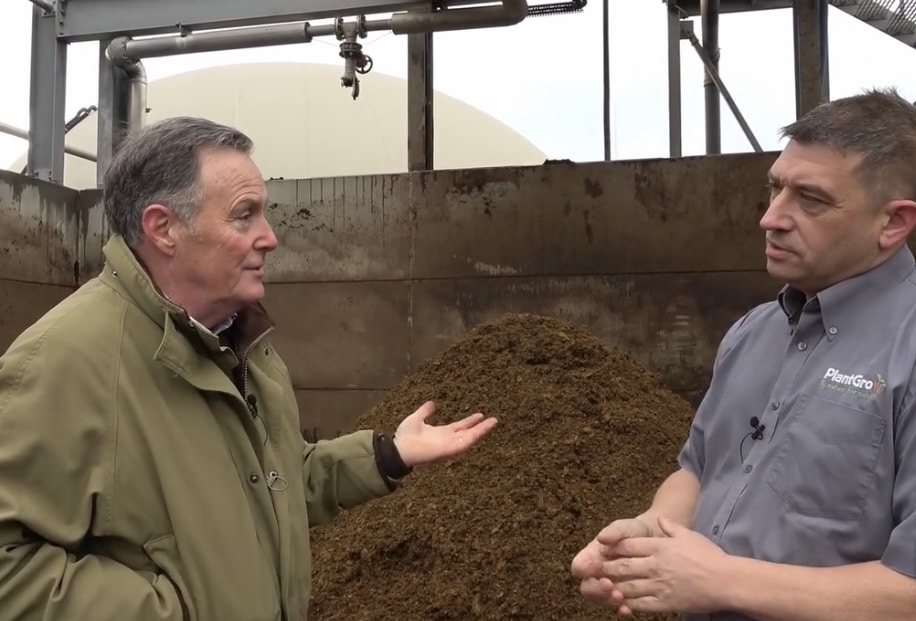
2025 is promising to be a busy year once again for us at PlantGrow with new brand ambassadors and a new list of ‘Champions’ who
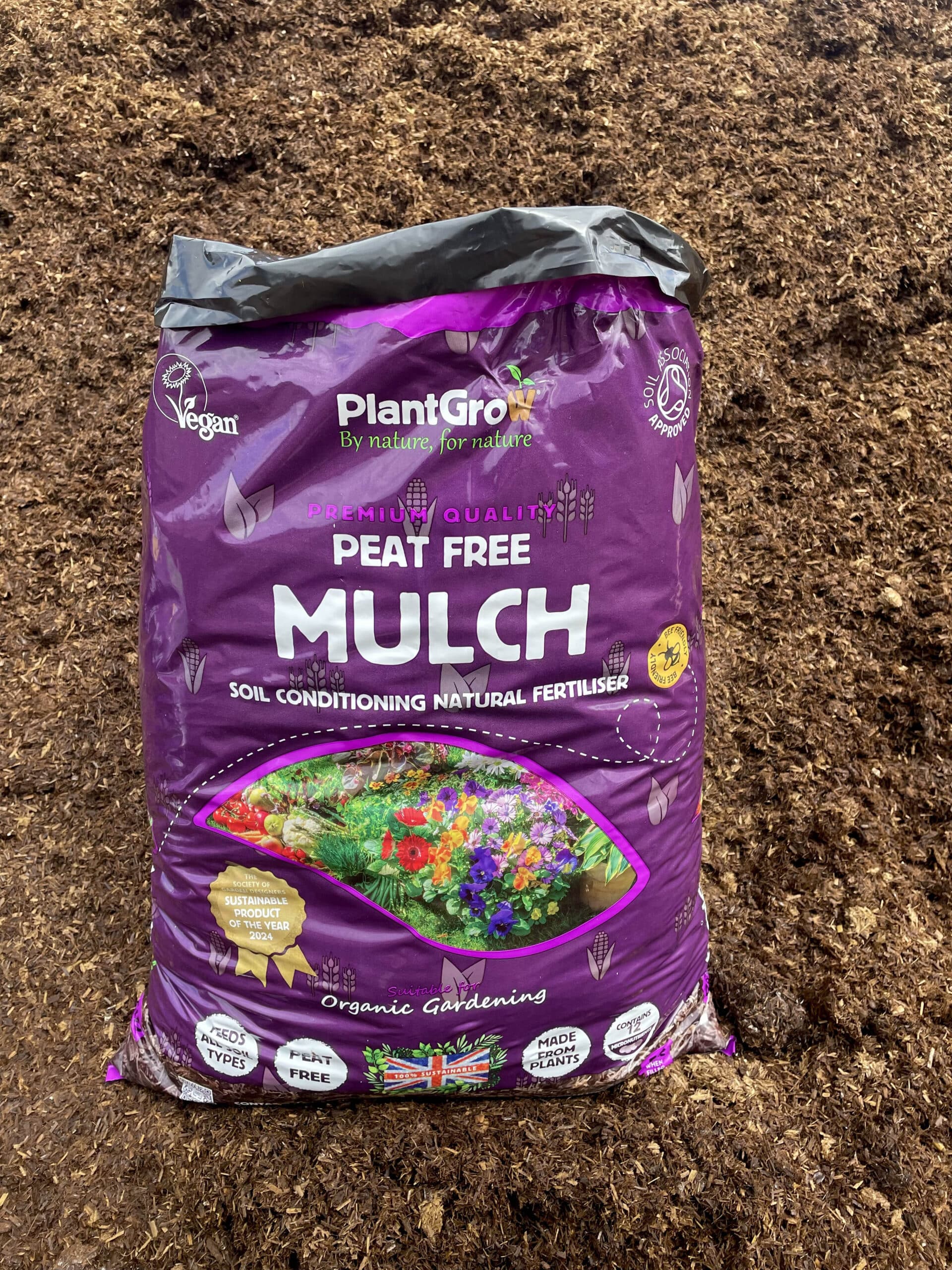
November 2024 Award-winning & market leading PlantGrow Organic Mulch will soon be available in 50-litre size bags for garden centres. Their signature natural fertiliser product
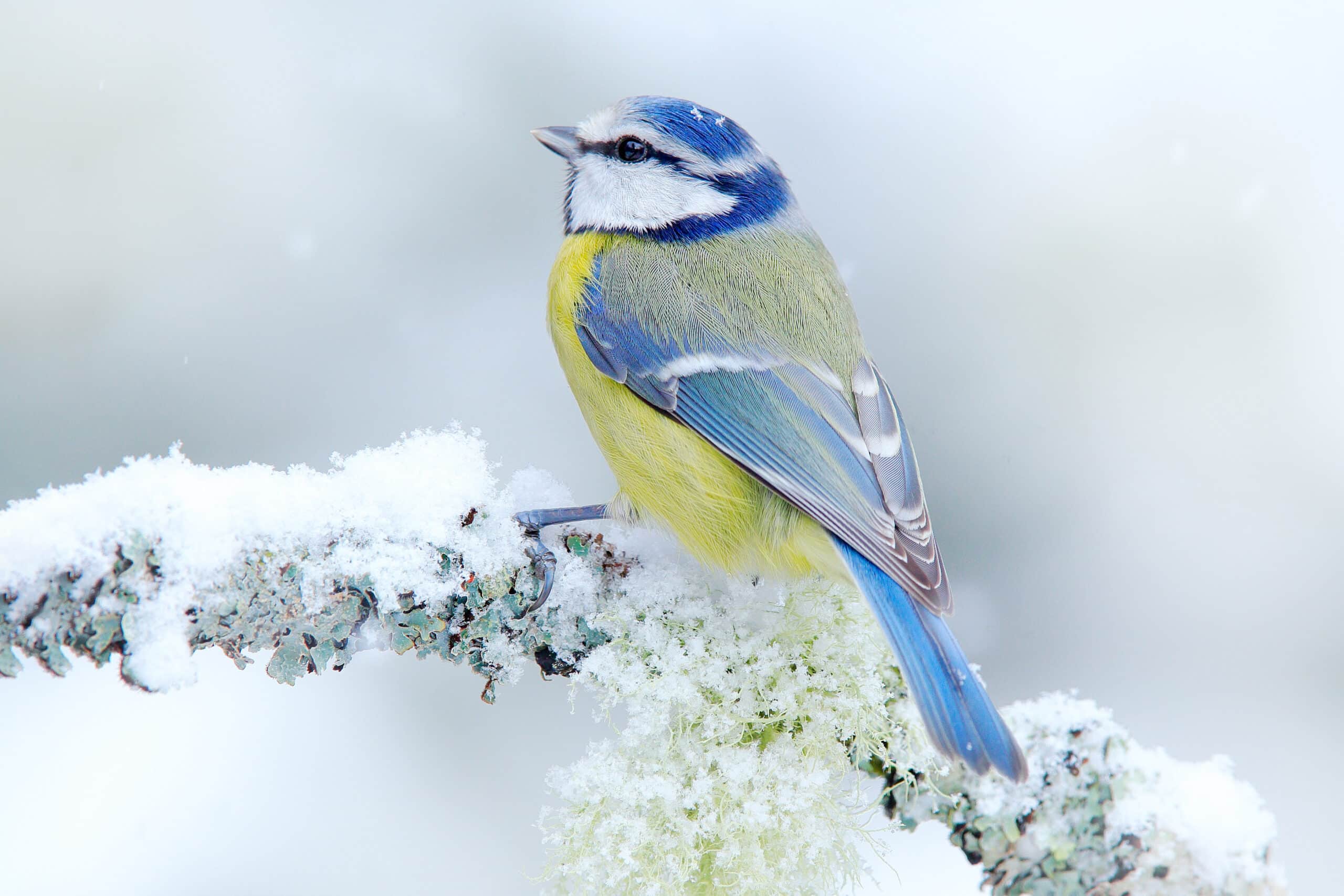
Late Autumn and the onset of Winter will trigger a notable change to the abundance, behaviour and physical state of life within our gardens. With
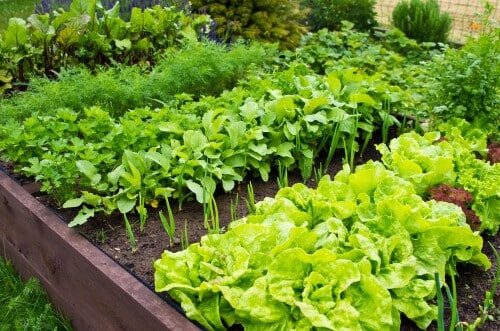
Why do you need to add PlantGrow mulch this Autumn? Mulching or topdressing is needed for a number of reasons as it is beneficial for
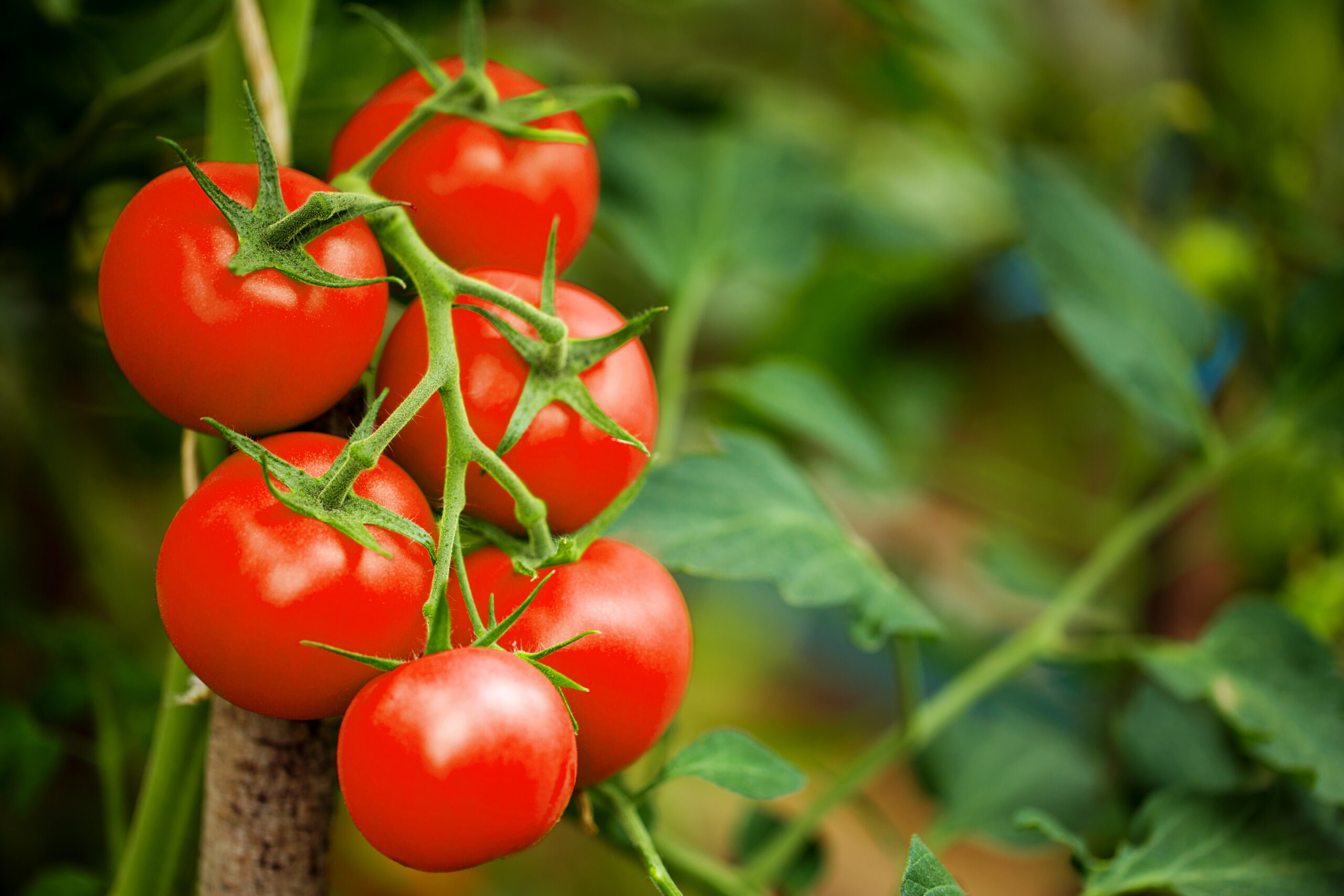
Q: Why should I use fertiliser on my fruits and vegetables? To help you get the most from your garden. Fertilisers supply your plants with

Meet our 2024 PlantGrow Champions PlantGrow Champions are a select group of Instagram growers who use PlantGrow in their gardens. Each one was individually chosen for

PlantGrow Launches All-New Website Back in 2016, nobody really knew about PlantGrow. Who’d have thought that in 2023 most gardeners in the UK would know
Find us: Cakes Hill Barn, Ellingham Road, Attleborough, Norfolk, NR17 1AE
| Cookie | Duration | Description |
|---|---|---|
| _savt | 3 years | This cookie is set by Square for payment processing. |
| cookielawinfo-checkbox-advertisement | 1 year | Set by the GDPR Cookie Consent plugin, this cookie is used to record the user consent for the cookies in the "Advertisement" category . |
| cookielawinfo-checkbox-analytics | 11 months | This cookie is set by GDPR Cookie Consent plugin. The cookie is used to store the user consent for the cookies in the category "Analytics". |
| cookielawinfo-checkbox-functional | 11 months | The cookie is set by GDPR cookie consent to record the user consent for the cookies in the category "Functional". |
| cookielawinfo-checkbox-necessary | 11 months | This cookie is set by GDPR Cookie Consent plugin. The cookies is used to store the user consent for the cookies in the category "Necessary". |
| cookielawinfo-checkbox-others | 11 months | This cookie is set by GDPR Cookie Consent plugin. The cookie is used to store the user consent for the cookies in the category "Other. |
| cookielawinfo-checkbox-performance | 11 months | This cookie is set by GDPR Cookie Consent plugin. The cookie is used to store the user consent for the cookies in the category "Performance". |
| CookieLawInfoConsent | 1 year | Records the default button state of the corresponding category & the status of CCPA. It works only in coordination with the primary cookie. |
| elementor | never | This cookie is used by the website's WordPress theme. It allows the website owner to implement or change the website's content in real-time. |
| viewed_cookie_policy | 11 months | The cookie is set by the GDPR Cookie Consent plugin and is used to store whether or not user has consented to the use of cookies. It does not store any personal data. |
| Cookie | Duration | Description |
|---|---|---|
| _GRECAPTCHA | Session | Spam prevention |
| _hjSession_* | 30 Minutes | A cookie that holds the current session data. This ensures that subsequent requests within the session window will be attributed to the same Hotjar session. |
| Woocommerce_cart_hash | 1 Day | To store items in cart |
| Woocommerce_items_in_cart | Session | Store items in cart. |
| Wordpress_logged_in_ | Session | WordPress |
| Wordpress_sec_* | 15 Days | To provide protection against hackers, store account details. |
| Wp_woocommerce_session_* | Session | Store performed actions. |
| Cookie | Duration | Description |
|---|---|---|
| _hjAbsoluteSessionInProgress | 30 Minutes | Hotjar sets this cookie to detect the first pageview session of a user. This is a True/False flag set by the cookie. |
| _hjAbsoluteSessionInProgress | 30 Minutes | Hotjar sets this cookie to detect the first pageview session of a user. This is a True/False flag set by the cookie. |
| _hjSessionUser_* | 1 Year | Hotjar cookie that is set when a user first lands on a page with the Hotjar script. It is used to persist the Hotjar User ID, unique to that site on the browser. This ensures that behavior in subsequent visits to the same site will be attributed to the same user ID |
| CONSENT | 2 years | YouTube sets this cookie via embedded youtube-videos and registers anonymous statistical data. |
| Cookie | Duration | Description |
|---|---|---|
| VISITOR_INFO1_LIVE | 5 months 27 days | A cookie set by YouTube to measure bandwidth that determines whether the user gets the new or old player interface. |
| YSC | session | YSC cookie is set by Youtube and is used to track the views of embedded videos on Youtube pages. |
| yt-remote-connected-devices | never | YouTube sets this cookie to store the video preferences of the user using embedded YouTube video. |
| yt-remote-device-id | never | YouTube sets this cookie to store the video preferences of the user using embedded YouTube video. |
| Cookie | Duration | Description |
|---|---|---|
| cookielawinfo-checkbox-tracking | 1 year | No description |
Parcel deliveries
We aim to deliver all parcels within 2-4 working days from dispatch, order before 12:00pm for same day dispatch.
Pallet deliveries
We aim to deliver all pallets within 2-5 working days from dispatch, order before 12:00pm for same day dispatch.
If you require further information regarding your delivery, please email daniel@plantgrow.co.uk
